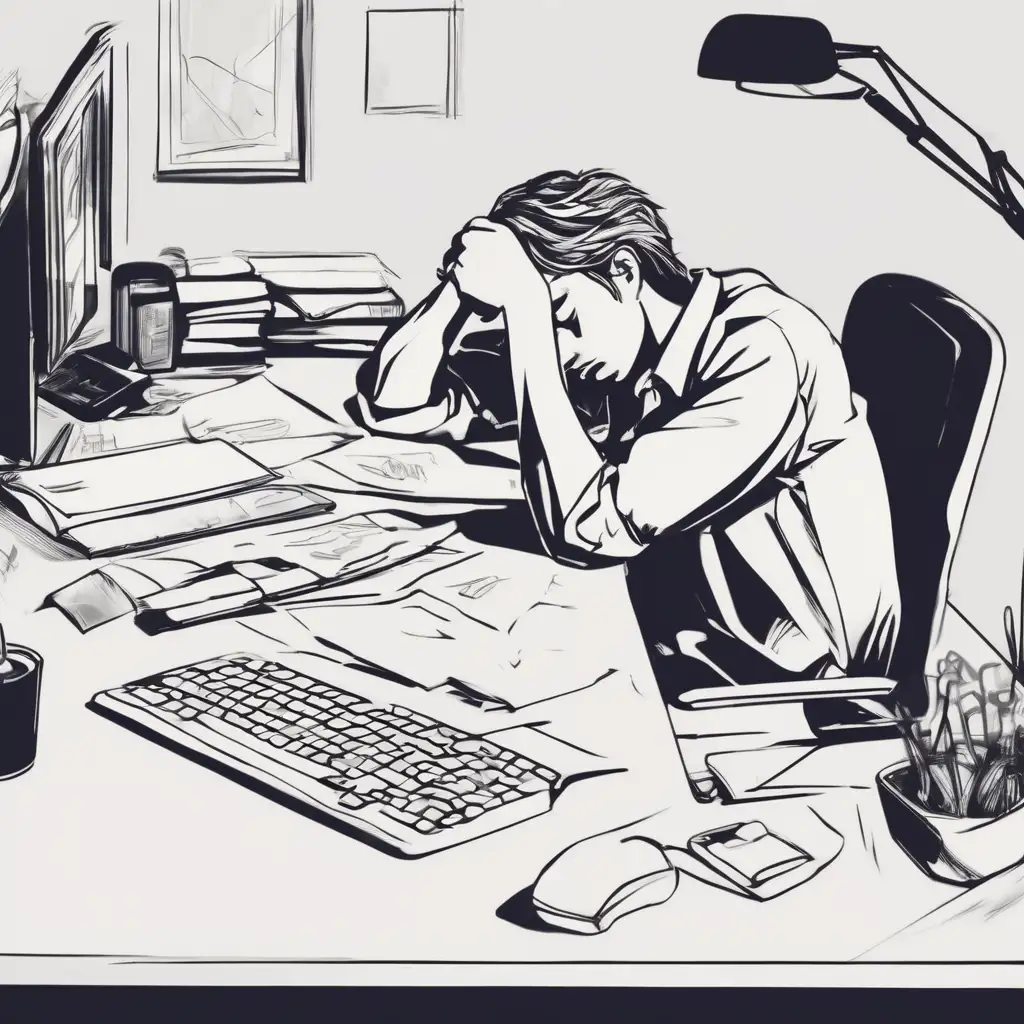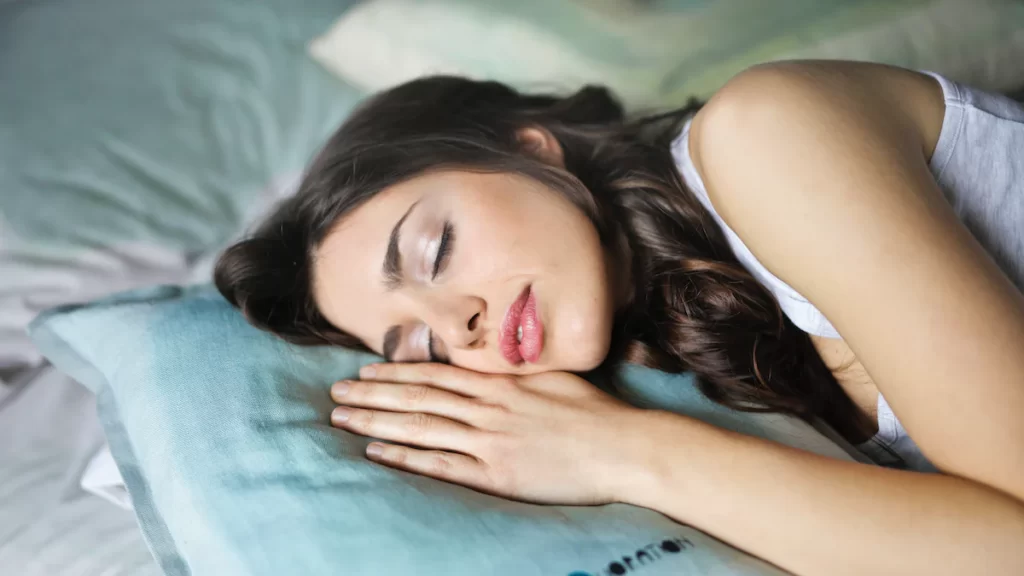Understanding Microsleep
Microsleep is a brief, involuntary episode of sleep that lasts for a few seconds. During microsleep, the brain temporarily shuts down, leading to a loss of awareness and alertness. This phenomenon can occur at any time, even during activities that require high levels of concentration, such as driving or operating machinery.
What is Microsleep?
Defining the Phenomenon
Microsleep episodes are characterized by a sudden and temporary shift from wakefulness to sleep, often unexpectedly. These episodes are typically undetectable by the individual experiencing them but can have serious consequences, especially in situations where attention and vigilance are crucial.
Causes and Risks
Several factors contribute to the occurrence of microsleep. Working night shifts, suffering from sleep disorders such as sleep apnea or severe insomnia, and using medications that disrupt normal sleep patterns are all risk factors for experiencing microsleep episodes. Research has shown that individuals with obstructive sleep apnea are more prone to microsleep, indicating a correlation between this phenomenon and severe sleep deprivation.
Statistical Data:
- Studies have assessed the relationship between sleep-disordered breathing (SDB) and sleepiness in professional truck drivers.
- 16.5 percent of fatal crashes involve a drowsy driver.
- Drivers who go longer than 20 hours without sleep may drive as poorly as someone who has consumed alcohol.

Why Preventing Microsleep Matters
Safety Concerns
Microsleep poses significant safety risks, particularly in scenarios where sustained attention is essential. For instance, individuals operating heavy machinery or driving vehicles are at high risk of causing accidents because of momentary lapses in consciousness.
Health Implications
The implications of microsleep extend beyond immediate safety concerns. Chronic occurrences of microsleep can lead to long-term health issues such as increased stress levels, impaired cognitive function, and heightened susceptibility to mood disorders.

Recognizing the Signs
Microsleep can manifest through various symptoms, and recognizing these signs is crucial for addressing the issue effectively.
Symptoms of Microsleep
Sudden Short Sleep Episodes
One of the most common symptoms of microsleep is experiencing sudden, brief episodes of sleep that last for a few seconds. These episodes can occur unexpectedly, causing a momentary loss of consciousness even when you are trying to stay awake.
Unconsciousness While Awake
Another key symptom to watch out for is unconsciousness while being awake. This can present as a sudden lapse in attention, where you may find yourself unable to recall what you were doing just moments ago. During complex tasks, you might experience confusion or feel zoned out, indicating a potential microsleep episode.
Identifying Your Risk Factors
Lifestyle and Habits
Several lifestyle factors and habits can contribute to an increased risk of experiencing microsleep. Working night shifts or irregular hours can disrupt your natural sleep patterns, leading to fatigue and increasing the likelihood of microsleep episodes. Having shift work sleep disorder or engaging in activities that cause severe fatigue can also elevate the risk.
Medical Conditions
Certain medical conditions, such as sleep apnea and severe insomnia, are significant risk factors for microsleep. These conditions disrupt normal sleep patterns and lead to persistent fatigue, making individuals more susceptible to experiencing microsleep episodes.
Survey Results:
- Research has shown that severe fatigue can significantly affect performance and increase the risk of both microsleep episodes and the underlying fatigue.
- Some risk factors for microsleep include working night shifts, having shift work sleep disorder, sleep apnea, severe insomnia, and using drugs that alter sleep.
Practical Steps to Prevent Microsleep
Now that we understand the risks and symptoms of microsleep, it’s essential to explore practical steps to prevent these episodes and improve overall sleep quality.

Improving Sleep Quality
Establishing a Sleep Schedule
One effective way to enhance sleep quality and reduce the likelihood of microsleep is by establishing a consistent sleep schedule. Going to bed and waking up at the same time every day helps regulate the body’s internal clock, promoting better sleep patterns. Research has shown that adhering to a regular sleep schedule can lead to improvements in self-reported sleep quality following hospital discharge, which predicted enhancements in objective measures of physical functioning after hospitalization.
Creating a Restful Environment
Crafting a restful sleeping environment is crucial for preventing microsleep. Ensure your bedroom is conducive to sleep by keeping it dark, quiet, and at a comfortable temperature. Investing in a comfortable mattress and pillows can significantly improve sleep quality. Studies have showed that environmental factors play a significant role in the quality of patients’ sleep before and during hospice admission. Implementing changes, such as reducing noise levels and optimizing room temperature, can positively impact the overall quality of sleep.

Lifestyle Changes for Better Sleep
Diet and Exercise
Making positive lifestyle changes, such as adopting a balanced diet and engaging in regular exercise, can contribute to better sleep quality. Consuming foods rich in tryptophan, such as turkey or bananas, can promote relaxation and aid in falling asleep faster. Similarly, studies have shown that engaging in physical activity during the day can improve sleep patterns. Research suggests that maintaining good nutritional habits and engaging in regular physical activity are key factors influencing the quality of patients’ sleep before hospice admission.
Stress Management Techniques
Effective stress management is vital for preventing microsleep episodes. Engaging in relaxation techniques such as meditation or deep breathing exercises before bedtime can help calm the mind and prepare the body for restful sleep. Studies have highlighted the importance of stress management strategies in improving overall sleep quality among individuals experiencing high levels of stress.
Utilizing Naps and Breaks Effectively
The Power of Short Naps
Strategic napping can be an effective tool for combating fatigue and preventing microsleep episodes. Taking short naps lasting 10–20 minutes can provide an energy boost without causing grogginess upon waking up. Research has shown that incorporating short naps into daily routines can significantly improve alertness and cognitive performance.
Recognizing the Need for Breaks
In situations where sustained attention is required, recognizing the need for breaks is crucial for preventing microsleep episodes. Frequent breaks such as short naps have been found to be effective in preventing chronic sleep deprivation, which can lead to microsleep.
By implementing these practical steps into your daily routine, you can effectively prevent microsleep episodes while enhancing overall sleep quality.
Seeking Professional Help
If you are experiencing persistent sleep issues despite making lifestyle changes, it may be time to consult a doctor. According to Dr. Charlene Gamaldo, a specialist in sleep medicine, establishing a wind-down schedule before bedtime is crucial for good sleep. Seeking professional help can provide access to various treatment options tailored to your specific needs. Dr. Gamaldo emphasizes the importance of consulting a doctor and requesting a referral to see a sleep medicine physician.
In some cases, suspected sleep disorders may require specialized intervention. A holistic approach that addresses sleep alongside other concerns may involve the use of medical-grade sleep-tracking devices to collect and analyze data on nightly sleep patterns. This rich data set can help specialists identify individual behaviors that require attention, leading to targeted interventions for improved sleep quality.
Healthcare professionals often suggest cognitive-behavioral therapy (CBT) for insomnia when seeking professional help for persistent sleep issues or suspected sleep disorders. Behavioral sleep medicine specialists or members of your primary care team can deliver CBT guidance. Certified behavioral sleep medicine specialists offer tailored treatment schedules and sessions either in person or through phone/video meetings.
It’s important to note that while pharmacotherapy is an option for improving hospital-related sleep disturbances, healthcare professionals are increasingly recognizing non-pharmacological approaches as essential because of concerns about tolerance and dependence associated with certain medications.
By consulting healthcare professionals and exploring treatment options such as CBT for insomnia, individuals can address underlying issues contributing to microsleep episodes and work towards achieving better overall sleep quality.







